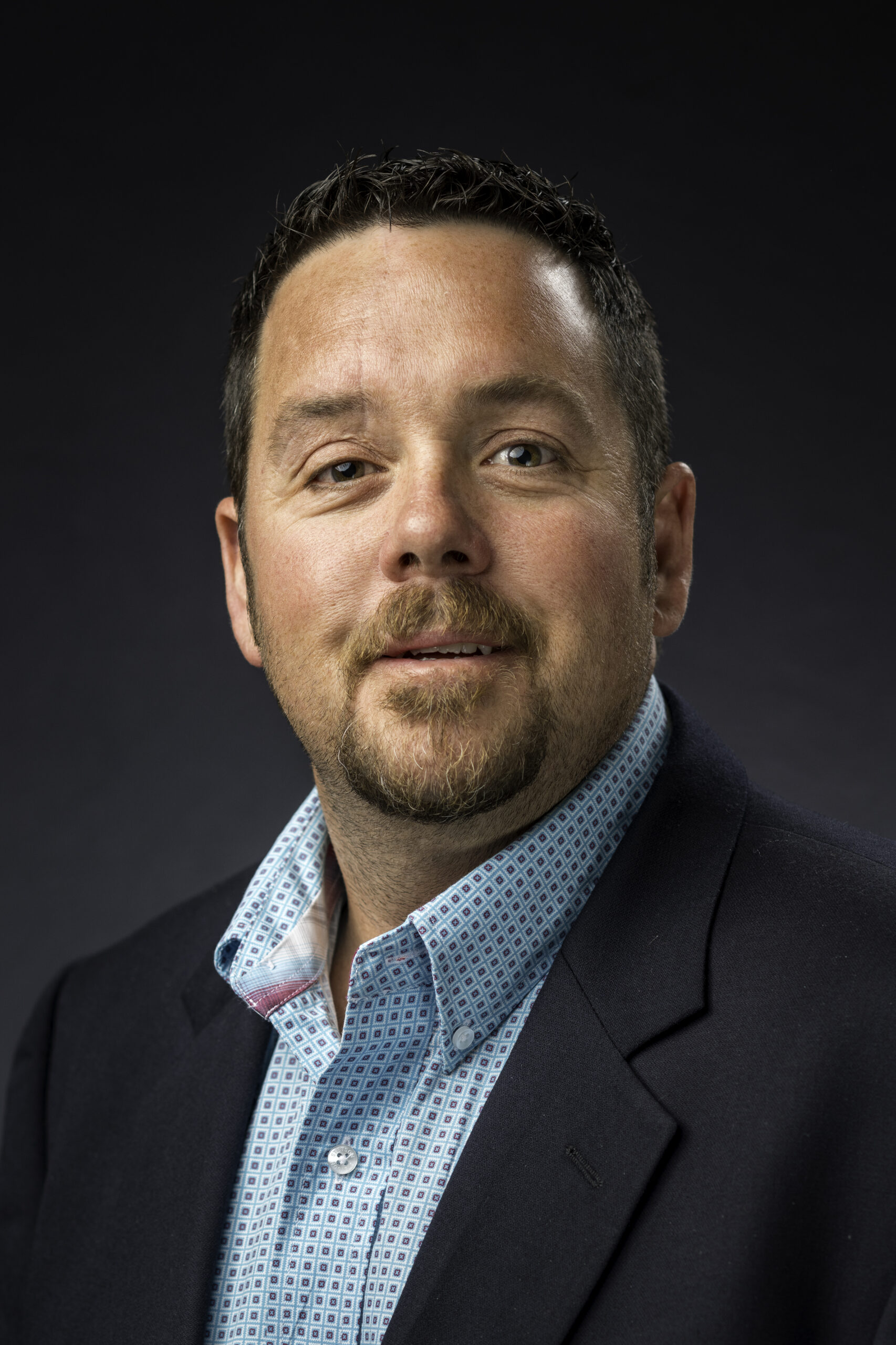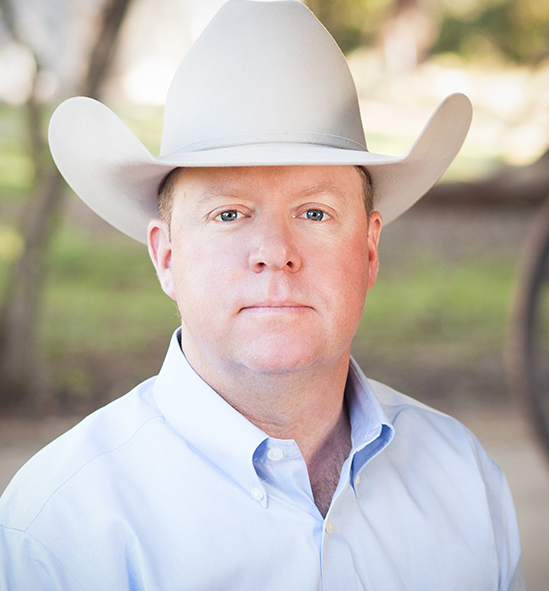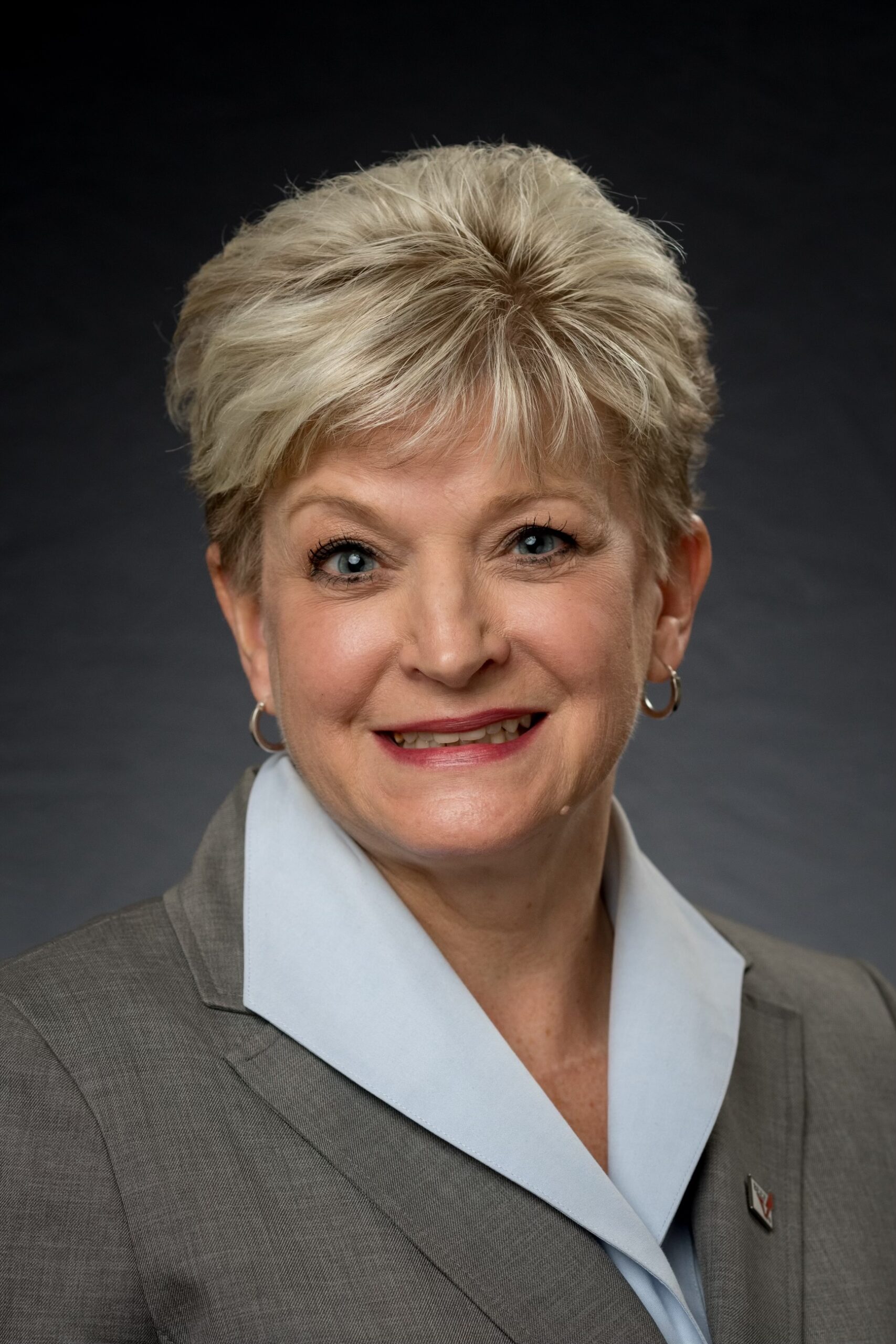Where the Money Goes: The Breakdown of 2025 Beef Checkoff Funding
The Beef Promotion and Research Act and Order authorizes Beef Checkoff funds to only be spent in the following program areas: beef promotion, research, consumer and industry information, foreign-market development and producer communications.
Each September, beef industry organizations present proposals – referred to as Authorization Requests, or “ARs” – to the Beef Promotion Operating Committee, comprised of members of the Cattlemen’s Beef Board and the Federation of State Beef Councils, to request funding for year-long marketing, education and research projects in these program areas. Those organizations approved for Beef Checkoff-funded work are referred to as Beef Checkoff contractors.
For FY25, the Beef Checkoff has eight contractors and two subcontractors. The contractors and their programs and projects are approved within each of the program areas for the fiscal year 2025 (October 2024 to September 2025).
INDUSTRY INFORMATION
Strives for an accurate understanding of the beef industry and helps maintain a positive cattle-marketing climate.
Meat Institute (MI): Administers the Veal Quality Assurance (VQA) program and fosters public awareness regarding VQA’s positive impact on animal well-being. 2025 Funding: $60,000
National Institute for Animal Agriculture (NIAA): Promotes responsible antibiotic use and combats antimicrobial resistance by maintaining consistent scientific collaboration between the animal agriculture and human health sectors. 2025 Funding: $95,000
National Cattlemen’s Beef Association (NCBA): Conveys the message that beef offers unparalleled taste and nutrition while dispelling myths about beef to consumer audiences. 2025 Funding: $2,800,000
CONSUMER INFORMATION
Strengthens beef’s image by proactively sharing nutritional data and positive messages with influential stakeholders, including media, food editors, dietitians, physicians and other key figures who shape consumers’ food knowledge.
Meat Import Council of America (MICA) with subcontractor Northeast Beef Promotion Initiative (NEBPI): Builds beef consumption in highly populated Northeastern U.S. cities by working with restaurants and grocery store chains, marketing to specific consumer groups and garnering support from regional nutrition influencers. 2025 Funding: $900,000
American Farm Bureau Foundation for Agriculture (AFBFA): Provides science teachers with high-quality immersive experiences and materials to teach science through the lens of beef production. 2025 Funding: $600,000
NCBA: Increases consumer awareness of the Beef. It’s What’s For Dinner. brand campaign and positions beef as the number one protein with restaurants, culinary leaders, grocery stores and other markets. 2025 Funding: $6,000,000
PROMOTION
Includes advertising, merchandising and new product development as well as training and promotional partnerships with restaurants and supermarkets that stimulate sales of beef and veal products.
MI with subcontractor New York Beef Council (NYBC): Empowers consumers with innovative approaches to access and purchase veal, elevating their veal-eating experiences through creative meal solutions that maximize taste, value and versatility. 2025 Funding: $220,000
NCBA: Connects directly with consumers to promote beef through the iconic Beef. It’s What’s For Dinner. brand. Through beef marketing and merchandising, Beef. It’s What’s For Dinner. educates and inspires consumers to purchase, prepare and enjoy beef. 2025 Funding: $8,900,000
RESEARCH
Provides the foundation for virtually all Beef Checkoff-funded information and promotion by providing science related to beef nutrition, beef safety and pathogen resistance.
Meat Foundation (MF): Conducts post-harvest beef safety and science-based research on processed beef’s nutritional and health benefits. 2025 Funding: $600,000
NCBA: Works alongside universities and institutions to conduct high-quality scientific research on beef’s nutritional benefits, providing a sound factual basis to promote beef’s role in a healthy diet. 2025 Funding: $8,000,000
PRODUCER COMMUNICATIONS
Informs producers and importers about how their Beef Checkoff dollars are invested through a variety of efforts and initiatives.
Cattlemen’s Beef Board (CBB): Communicates to producers where their Checkoff dollars are spent through The Drive newsletter (printed and electronic versions), media relations, attendance at producer meetings, social media and other tactics. 2025 Funding: $1,800,000
FOREIGN MARKETING
Develops international markets for U.S. beef through programs aimed at expanding market penetration, gaining new market access, improving global consumer perceptions and building trust.
U.S. Meat Export Federation (USMEF): Maximizes market access for U.S. beef around the globe, develops demand among new and existing buyers overseas and increases the value of the entire carcass through export support. 2025 Funding: $8,000,000

 Cattle producers Andy Bishop of Kentucky, Ryan Moorhouse of Texas and Dr. Cheryl DeVuyst of Oklahoma are the new leaders of the Cattlemen’s Beef Promotion & Research Board (CBB). This officer team is responsible for guiding the national Beef Checkoff throughout 2024.
Cattle producers Andy Bishop of Kentucky, Ryan Moorhouse of Texas and Dr. Cheryl DeVuyst of Oklahoma are the new leaders of the Cattlemen’s Beef Promotion & Research Board (CBB). This officer team is responsible for guiding the national Beef Checkoff throughout 2024. “The beef industry is in a unique situation as 2024 gets underway,” Bishop said. “Producers have been dealing with adverse weather and production cost conditions over the past few years, leading to herd liquidation. While things do seem to be improving, the Beef Checkoff must continue to be vigilant, developing the right programs and messaging to keep beef demand high. I’m excited to lead the CBB as we navigate the opportunities and challenges this year sends our way.”
“The beef industry is in a unique situation as 2024 gets underway,” Bishop said. “Producers have been dealing with adverse weather and production cost conditions over the past few years, leading to herd liquidation. While things do seem to be improving, the Beef Checkoff must continue to be vigilant, developing the right programs and messaging to keep beef demand high. I’m excited to lead the CBB as we navigate the opportunities and challenges this year sends our way.” Dr. Cheryl DeVuyst and her husband, Eric, own DeVuyst Ranch, a cow-calf and stocker operation. DeVuyst is also a professor of agricultural economics at Oklahoma State University and head of its Ag Econ department. DeVuyst is involved with numerous agricultural organizations, including Oklahoma CattleWomen, Oklahoma Cattlemen’s Association, National Cattlemen’s Beef Association (NCBA), Oklahoma Farm Bureau, Pawnee County CattleWomen, Agricultural and Applied Economics Association and American National CattleWomen. She’s also a faculty advisor for the Oklahoma Collegiate CattleWomen and is a past board member of the Western Agricultural Economics Association.
Dr. Cheryl DeVuyst and her husband, Eric, own DeVuyst Ranch, a cow-calf and stocker operation. DeVuyst is also a professor of agricultural economics at Oklahoma State University and head of its Ag Econ department. DeVuyst is involved with numerous agricultural organizations, including Oklahoma CattleWomen, Oklahoma Cattlemen’s Association, National Cattlemen’s Beef Association (NCBA), Oklahoma Farm Bureau, Pawnee County CattleWomen, Agricultural and Applied Economics Association and American National CattleWomen. She’s also a faculty advisor for the Oklahoma Collegiate CattleWomen and is a past board member of the Western Agricultural Economics Association.